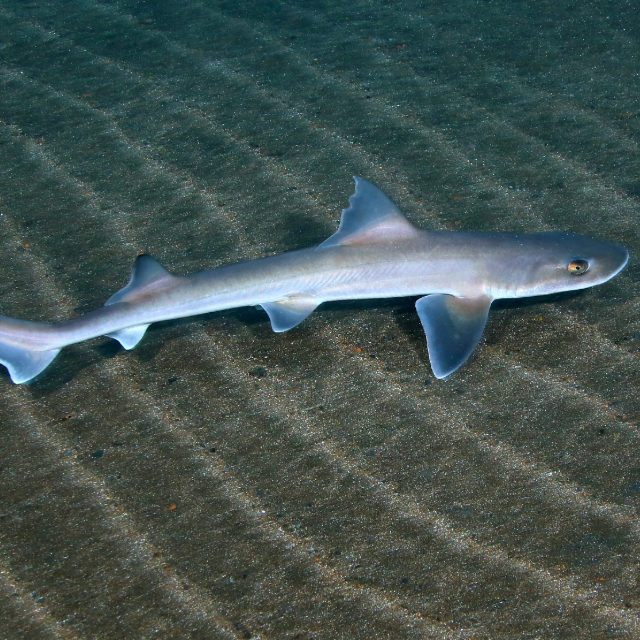The Ocean Conservation Team recently published two articles that take a close look at the “ins” and “outs” of Australia’s seafood trade. Together, they highlight some big problems in the regulation of seafood we import and export – and those gaps are putting marine biodiversity and the seafood industry at risk.
The timing of this work is especially relevant, with Australia’s national environmental legislation – the Environment Protection and Biodiversity Conservation Act 1999 (EPBC Act) – currently under review and facing heavy scrutiny from experts. The federal government has promised to reform the Act, but progress has stalled.
And while much of the political spotlight is on terrestrial species and land clearing, our work shows that Australia’s laws are also failing to protect threatened marine biodiversity.
What’s going out?
Our first paper, led by Rosa Mar Dominguez-Martinez, examined Australia’s seafood exports. While Australia spends considerable effort managing its fisheries to ensure they’re legal and sustainable, our international trade patterns paint a different picture. We found that Australia can legally catch and export three marine species listed as threatened on the EPBC Act – including fish assessed as Critically Endangered. We also found that Australia catches and exports an additional 13 species listed on the IUCN Red List. We argue that this inconsistency needs to be addressed in the upcoming reform of the EPBC Act. Our paper outlines three key policy recommendations to ensure commercial value doesn’t compromise a species’ survival.

Image credit: Gilles Hosch.
What’s coming in?
The second paper, led by Leslie Roberson, looked at what’s entering Australia’s borders – and found the regulations are even more full of holes. The EPBC Act currently has no provisions at all for managing Australia’s impact on biodiversity beyond its borders. And that’s a huge oversight in today’s globalised seafood market. About 60–70% of the seafood Australians eat is imported, mainly from countries with weaker environmental regulations, higher rates of illegal fishing and greater risks of labour exploitation, including modern slavery. Current Australian policies don’t require key information like where seafood was caught or even what species it is.
Products can arrive under vague labels like “frozen fish”, making it impossible to trace their origin. Globally, Illegal, Unreported and Unregulated fishing accounts for around 20% of wild-caught seafood. It’s linked to biodiversity loss, organised crime and human rights violations. Yet, Australia has very few safeguards to keep this kind of seafood out of our supply chains.
To support ongoing efforts by the Australian Government to improve seafood import controls, our team reviewed global best practices and developed eight design criteria that could help make Australia’s system more effective, transparent and future-proof. We found that while countries like the US and Japan and the European Union have systems in place, they rely on outdated paperwork and lack coordination. Australia has the opportunity to build something better – using digital technologies, automated fraud detection and facilitating traceability from fishing boat to border.

Image credit: Adobe Stock.
Time to act
Perhaps related to the recent election, the government is dragging its feet on both the regulations for national biodiversity (the EPBC Act reform) and on new regulation to manage imported species (the seafood imports policy). It’s time for Australia to act, and to give marine biodiversity the same attention as terrestrial ecosystems. Australia has the resources and responsibility to lead by example – starting with fixing how we export and import seafood.
References
Dominguez-Martinez RM, Roberson L, Gephart J, Wilcox, C, Sant G & Klein C. (2024). Environmental law reform needed to manage trade of Australia’s marine species. npj Ocean Sustainability 3: 45. https://doi.org/10.1038/s44183-024-00085-3
Roberson L, Hosch G, Wilcox C, Dominguez-Martinez RM, Sant G & Klein C. (2025). A new seafood import policy for nations to combat illegal fishing. Conservation Letters 18:1. https://doi.org/10.1111/conl.13091
To keep up to date on our latest events, check out our Bluesky and LinkedIn.

